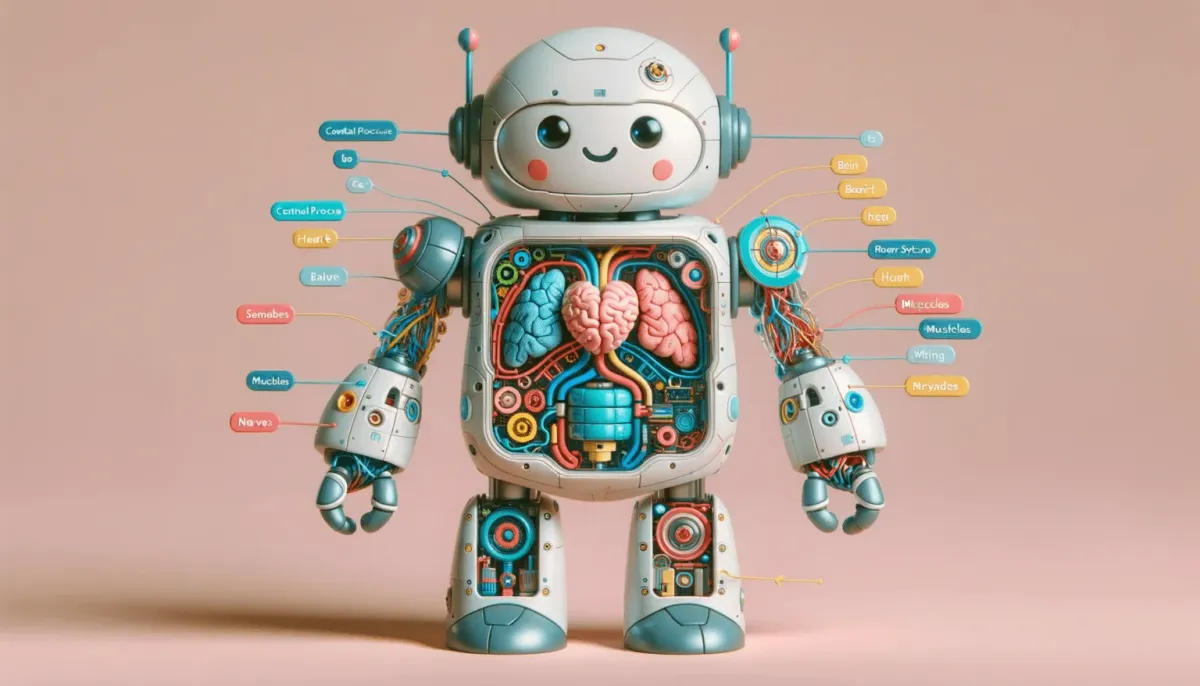The Anatomy of Chatbot Design: Must-Have Features for Effective Conversations

In today’s digital landscape, the art of chatbot design is more than just coding and algorithms—it’s about crafting meaningful, human-like conversations.
These digital assistants, present on websites, apps, and various online platforms, play a pivotal role in our daily interactions.
While some seamlessly blend into our routines, making tasks easier and more enjoyable, others can be a tad frustrating.
So, what sets apart a great chatbot from a mediocre one? Dive in as we unravel the anatomy of effective chatbot design, spotlighting the must-have features that ensure our artificial conversationalists are both efficient and engaging.
Key Features of Effective Chatbots
User-Friendly Interface in Chatbot Design
The very essence of a chatbot lies in its interface. An intuitive, easy-to-use design ensures users can navigate and interact effortlessly, setting the tone for a smooth digital conversation.
Harnessing Natural Language Processing (NLP)
A chatbot’s ability to understand and interpret user language is paramount. NLP equips chatbots with the skill to process human inputs in a more natural manner, bridging the gap between machine code and everyday speech.
The Power of Adaptive Learning
Not all conversations go as planned. But each interaction provides an opportunity for a chatbot to learn. With adaptive learning, chatbots evolve over time, refining their responses based on user interactions.
Multichannel Capability in Modern Chatbot Design
The modern user exists across multiple platforms—web, mobile, social media, and more. A chatbot’s ability to function seamlessly across these channels ensures consistent user experience wherever they are.
Seamless Backend System Integration
For businesses, a chatbot is more than just a friendly interface. It often needs to pull or update data from systems like CRM or ERP, making integration capabilities critical to efficient chatbot design.
Crafting Personalized Experiences
Everyone likes to feel special. Chatbots that recognize returning users or remember past interactions elevate the user experience, making digital conversations feel more personalized and engaging.
Implementing a Feedback Loop
No chatbot is perfect. But through feedback loops, users can provide valuable insights into a chatbot’s performance, aiding developers in refining and enhancing the bot over time.
Human Agent Escalation: A Touch of Reality
There are moments when users need the touch of a real human. Recognizing its limitations and escalating complex queries to live agents ensures that users always get the assistance they need.
The Importance of Context Retention in Chatbot Design
Conversations flow. A chatbot that remembers past interactions or user data ensures continuity, saving users the frustration of repetition and ensuring more fluid conversations.
Fallback Mechanisms: Grace under Pressure
Not all questions have easy answers. When stumped, a well-designed chatbot handles the situation gracefully, either seeking clarity or gently guiding users in the right direction.
Prioritizing Security and Privacy
In a world increasingly aware of data protection, a chatbot must adhere to regulations and ensure that user information is handled with utmost care and security.
Customizability and Scalability: Tailoring Chatbot Design
Behind every conversation lies data. Analyzing user interactions, popular queries, and chatbot performance provides invaluable insights to continually refine the chatbot experience.
Breaking Language Barriers with Multilingual Support
Businesses with a global footprint require chatbots that speak the language of their users. Multilingual capabilities ensure inclusivity and broader reach.
Engaging Through Rich Media
Text is just the beginning. Chatbots that support images, videos, GIFs, and other media create dynamic, immersive conversations that captivate users.
Quick Response Time: The Need for Speed
In the digital age, patience is a rare commodity. Users expect swift replies, making it crucial for chatbots to have the infrastructure to respond promptly.
Infusing Personality into Chatbot Design
A chatbot is more than just code. Giving it a distinct tone or personality makes interactions lively, ensuring users connect with it on a more human level.
Streamlined Maintenance and Updates
As industries and information change, chatbots should adapt easily. A design that allows for quick updates ensures that bots remain current without the need for major overhauls.
Analytics and Reporting for Insightful Chatbot Design
Behind every conversation lies data. Analyzing user interactions, popular queries, and chatbot performance provides invaluable insights to continually refine the chatbot experience.
The Subtle Art of Typing Indicators
A small yet impactful feature, typing indicators give the illusion of thought, making interactions with chatbots feel more dynamic and real-time.
Proactive Engagement in Modern Chatbot Design
Waiting is passé. Modern chatbots anticipate user needs, proactively engaging with notifications or reminders, ensuring users are always in the loop.
FAQs
How does Natural Language Processing improve chatbot conversations?
Natural Language Processing (NLP) enables chatbots to understand and interpret human language more naturally, closing the gap between machine code and casual conversation, and enhancing user experience.
Why is adaptive learning important for chatbots?
Adaptive learning allows chatbots to evolve by refining their responses based on user interactions, improving their efficiency and the relevance of their conversations over time.
What is the role of a feedback loop in chatbot design?
Feedback loops allow users to provide input on a chatbot’s performance, which is essential for developers to refine and enhance the bot’s capabilities continually.
What are fallback mechanisms in chatbots?
Fallback mechanisms are strategies a chatbot uses when it cannot find an answer, which may include asking clarifying questions or redirecting the user to helpful resources.
How does giving a chatbot a personality affect user interactions?
Infusing a chatbot with a distinct personality can make interactions more lively and engaging, helping users connect with the chatbot on a more human level.
What is the purpose of typing indicators in chatbots?
Typing indicators give the illusion that the chatbot is thinking before responding, which adds a dynamic and real-time feel to the conversation.
How can chatbots engage users proactively?
Proactive engagement through notifications or reminders means modern chatbots can anticipate user needs, keeping them informed and engaged without waiting for the user to initiate interaction.
Conclusion

In the fast-paced digital realm, chatbots have swiftly emerged as invaluable assets, aiding businesses in enhancing user engagement, streamlining operations, and delivering superior customer experiences.
The art of chatbot design, as we’ve explored, goes beyond mere coding—it’s about weaving technology and human touch seamlessly.
By emphasizing a user-centric approach and integrating the key features we’ve discussed, businesses can craft chatbots that not only resonate with their audience but also stand the test of time.
As technology continues to evolve, the essence of effective chatbot design will always lie in its ability to emulate genuine, meaningful human interactions. Embrace these principles, and watch your digital conversationalist thrive in an ever-connected world.



